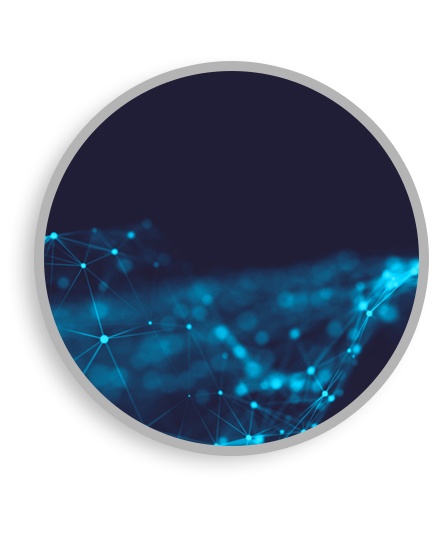HISTORY OF OUR TECHNOLOGY
Ultraviolet light (UV) was discovered in the late 19th century. “Ultraviolet” is normally not perceptible to people, with a waveband shorter than visible light but longer than x rays. There are several types of UV; UV-A, UV-B and UV-C, these occur naturally from the sun's rays but UV-C is usually blocked by the ozone layer which is why we are much more familiar with UV-A and UV-B as referenced on sunscreen products. UV C is short waveband UV light and is very effective at damaging the nucleic acids and DNA in microorganisms; with 254 nm identified as the peak waveband for this purpose, described as ultraviolet germicidal irradiation (UVGI). This is considered a mechanical process as there are no chemicals at work. Destroying germs with UV light was used as far back as the 1920’s, to control outbreaks of Tuberculosis in the USA, obviously this technology has improved dramatically over the last century with previously unachievable levels of precision, reliability and performance.
Ozone is a highly reactive form of oxygen which oxidises pollutants (uses its extra oxygen atom to break down contaminants as it reverts to oxygen). It is particularly effective in clearing organic odours by breaking down the compounds responsible. At higher concentrations, ozone is used in some systems to treat microorganisms by damaging their cell walls, although such levels are only appropriate in unoccupied areas. Discovered in 1840 by Christian Schonebein, one of the first Ozone uses was in water disinfection, with ozone generators developed for medical use through the 20th century. Ozone can be generated by several methods and it is essential that output is precisely controlled as it would be unsafe for people at higher levels. Ozone may be described as activated oxygen, atomic oxygen, triatomic oxygen, trioxygen or O3.
Photocatalysis is the acceleration of a chemical reaction using light. Photo Catalytic Oxidation (PCO) refers to the use of light energy to cause or speed up (catalyse) the oxidation of contaminats in air or water, this turns pollutants into harmless substances. The earliest reference to photocatalysis was in 1911, but by 1938 TiO2 (Titanium dioxide) in the presence of ultraviolet light was observed to produce active oxygen species, research continued with many branches of research now expanding the understanding and use of photocatalysis into multiple fields including “self cleaning” glass and concrete, water disinfection, sterilising coatings and air purification. PCO can be particularly effective in breaking down harmful volatile organic compounds.
An AIRsteril air purifier utilises a combination of the most effective and refined purification technologies to produce the best possible results. Every element of our process is adjusted across our product range to ensure the best results with varied chamber size, catalyst area and position, lamp output, dwell time and flow rate for each specific environment. In each unit, our dual ultraviolet light lamps operate at the peak UVC wavelengths in the presence of Ti02 catalyst plates enclosed within our reflective internal cleaning and purification chamber, creating germicidal irradiation, photocatalytic oxidation (PCO), hydroxyl radicals, superoxide ions and optional ozone with air leaving the unit as “plasma quatro”. This process freshens the air by constantly reducing airborne microorganisms (viruses, bacteria, fungi and mould spores), breaking down organic compounds, reducing allergens and airborne particulates, and eliminating odours.





 TECHNOLOGY WORKS
TECHNOLOGY WORKS